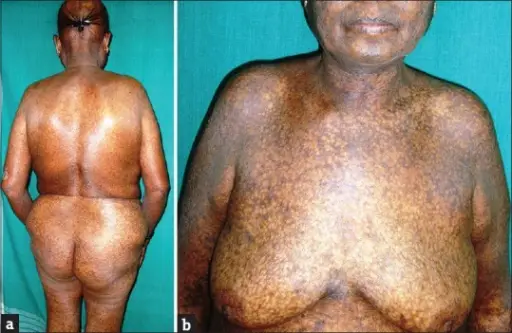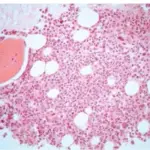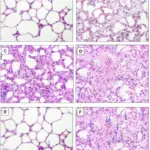Transfusion reactions are the type of reactions that are antibody-mediated and occur after blood transfusion.
Transfusion reactions include:
- Febrile non-hemolytic transfusion reaction
- Mild allergic transfusion reaction
- Acute hemolytic transfusion reaction
- Anaphylactic transfusion reaction
- Transfusion related acute lung injury
- Transfusion associated circulatory overload
- Delayed hemolytic transfusion reaction
- Transfusion associated graft versus host disease
| Reaction | Time frame of occurrence | Symptoms | Treatment | Prognosis |
| Febrile Non-hemolytic Transfusion Reaction | During transfusion or the first 1-2 hours after. | Fever, chills, dyspnea | Antipyretics, stop transfusion. | good |
| Mild Allergic Transfusion Reaction | During transfusion | Urticaria, pruritis, flushing mild wheezing | Antihistamines, stop the transfusion | good |
| Acute Hemolytic Transfusion Reaction | Fever, chills, chest pain, hypotension | Stop transfusion, oxygen therapy, fluid replacement | Poor | |
| Anaphylactic transfusion reaction | Immediately, seconds after initiation of transfusion | Rash, pruritis, edema, hypotension, vomiting, diarrhea | Stop transfusion, fluid therapy, epinephrine | |
| Transfusion related acute lung injury | Withing 4-6 hours after | Tachypnea, dyspnea, fever, hypotension | Stop transfusion, oxygen therapy, intubation | Poor due to increased chances of fatality |
| Transfusion associate circulatory overload | 4-6 hours post transfusion. | Dyspnea, tachypnea, cough, chest pain, | Stop transfusion, diuretics, | Poor due to high fatality rate |
| Delayed Hemolytic Transfusion Reaction | 2days to several months | Drop in the Hb, fever, jaundice | Avoid transfusion, high dose of steroids and pain medication | Fair |
| Transfusion Associated Graft Versus Host Disease | 3-30 days after transfusion | Fever, diarrhea, erythematous rash | Immunosuppressors | Poor prognosis |



